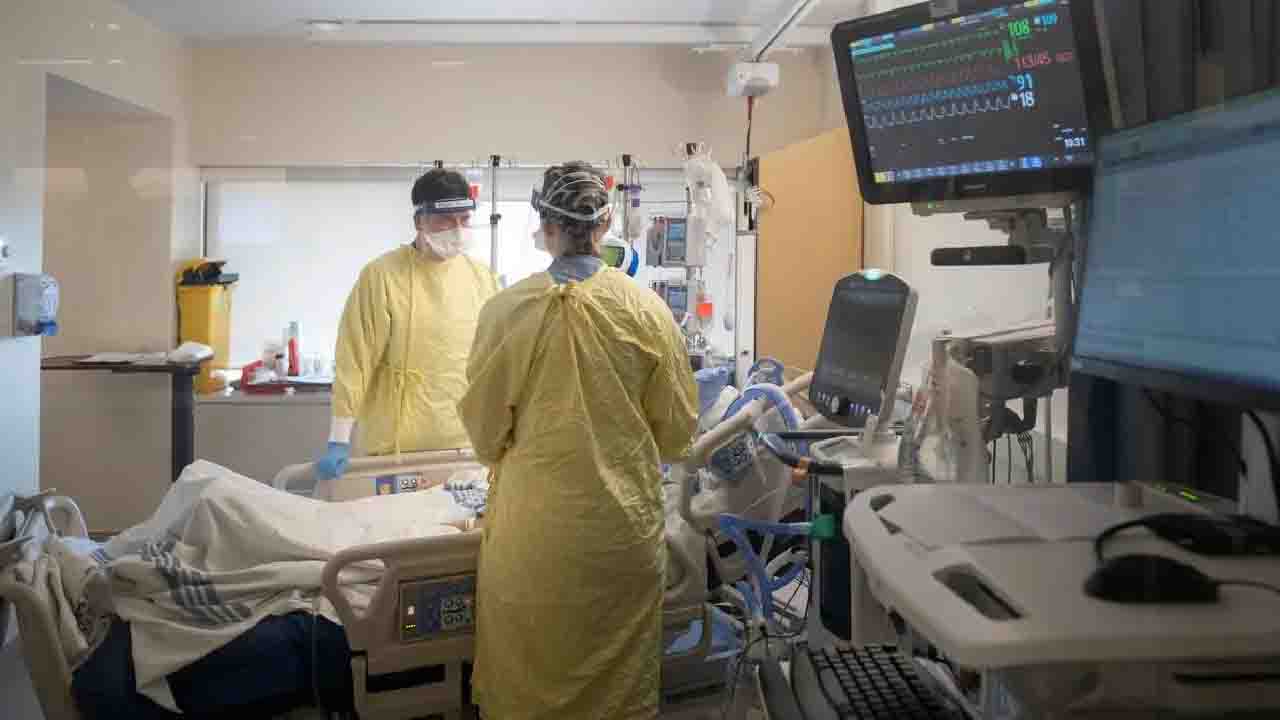Health & Medicine, Australia (Commonwealth Union) – Acinetobacter baumannii (A. baumannii) is a superbug which is a bacterium that has caused significant concern in recent years due to its ability to cause healthcare-associated infections. Known for its resilience and resistance to multiple antibiotics, A. baumannii poses a considerable challenge in clinical settings.
A. baumannii is a Gram-negative bacterium commonly found in soil, water, and various environments. It is an opportunistic pathogen that primarily affects immunocompromised individuals, particularly those in healthcare settings. The bacterium can survive on various surfaces and equipment, allowing it to spread easily in hospitals through contact with contaminated objects, healthcare workers, or infected patients.
Due to the high level of antibiotic resistance, treating Acinetobacter baumannii infections it has required a multidisciplinary approach. Treatment decisions should be based on susceptibility testing to guide appropriate antibiotic selection. In some cases, combination therapy or alternative treatment options may be necessary. Healthcare providers must work closely with infectious disease specialists to develop tailored treatment plans based on the patient’s condition and the local resistance patterns of the bacterium.
Research is underway to discover scientific methods that can halt this superbug as it was indicated in studies that a weak link exists in the organism.
The World Health Organization (WHO) has recognized the superbug as 1 of the 3 top pathogens that have an essential requirement for new antibiotic therapies. A global research team that is led by Macquarie University scientists Dr. Ram Maharjan along with Associate Professor Amy Cain, have identified the way the superbug survives under harsh conditions and then rebounds, leading to deadly infections. The researchers discovered a single protein playing a role as a master regulator. As the protein gets destroyed, the bug’s superpowers are eliminated permitting it to be controlled, in the settings of a lab. The findings appeared in the May edition of Nucleic Acids Research.
Associate Professor Cain, the senior author for the paper indicated that they hope that the paper will give encouragement to scientists across the globe to draw their attention on the production of drugs to fight this superbug, which is spreading across hospitals around the globe, and killing already vulnerable individuals in intensive care units as well as other high-risk areas.
Presently 6 superbugs have caused concern for global health officials. E. coli, Klebsiella pneumoniae and other gram-negative bacteria have similar pathways providing them antibiotic resistance. A. baumannii is unique. It’s particularly potent, and is one of the most resistant pathogens that has been encountered. Not much is understood in regards to how it infects us, according to researchers.
“The problem had been that A. baumannii is relatively new on the scene, emerging as a problem in hospitals in the 1980s. And it’s hard to genetically manipulate with the existing molecular biology toolkit. It usually only infects sick people, but it is very resistant to antibiotics making it incredibly hard to treat and difficult to safely research. So, we don’t know much about it. We don’t know where it came from, nor how it became so resistant and resilient. Now, thanks to this paper, we know how it deals with stress.”
Associate Professor Cain, along with her colleagues realized around five years back that they can have an impact by attempting to understand the details of the biology of A. baumannii. This led to for a major investment by Macquarie University in the research, in biocontainment laboratories for staff safety, along with others. The study efforts received strong backing by the Australian Council together with the National Health and Medical Research Council.
Researchers hope that the paper provides encouragement for other researchers across the globe to redraw their attention to producing drugs to fight the superbug, all over hospitals across the globe.








